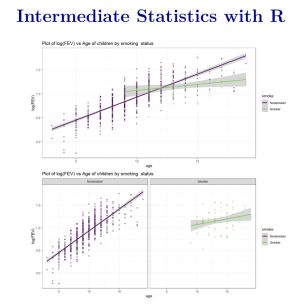
Introductory statistics courses prepare students to think statistically but cover relatively few statistical methods. Building on the basic statistical thinking emphasized in an introductory course, a second course in statistics at the undergraduate level can explore a large number of statistical methods. This text covers more advanced graphical su...

The Apache HTTP Server, colloquially called Apache, is the world's most used web server software. Originally based on the NCSA HTTPd server, development of Apache began in early 1995 after work on the NCSA code stalled. Apache played a key role in the initial growth of the World Wide Web, quickly overtaking NCSA HTTPd as the dominant HTTP serv...

The GNU Debugger allows you to see what is going on "inside" a program while it executes - or what a program was doing at the moment it crashed. GDB supports C, C++, Java, Fortran and Assembly among other languages; it is also designed to work closely with the GNU Compiler Collection (GCC). The GNU Debugger Program has four special featur...
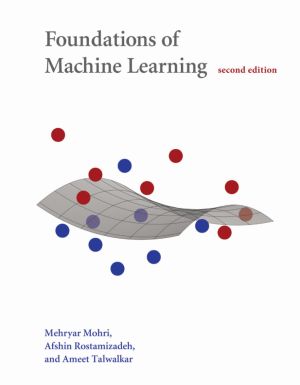
A new edition of a graduate-level machine learning textbook that focuses on the analysis and theory of algorithms.
This book is a general introduction to machine learning that can serve as a textbook for graduate students and a reference for researchers. It covers fundamental modern topics in machine learning while providing the theoretical basi...

Back in the mid 90s, Beej got tired of all his friends asking him how to do this stuff with networking programming in C, so he put pen to paper on the early World Wide Web and wrote down everything he knew just to get them off his back. Since then, the Guide has expanded significantly, with plenty of examples, and covers IPv6. Inside you'll fi...
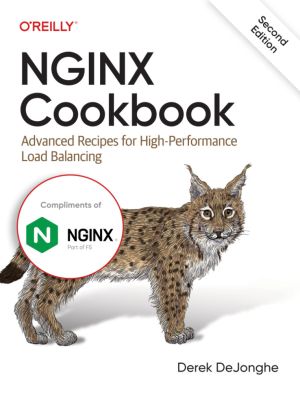
NGINX is one of the most widely used web servers available today, in part because of itscapabilities as a load balancer and reverse proxy server for HTTP and other network protocols. This revised cookbook provides easy-to-follow examples of real-world problems in application delivery. Practical recipes help you set up and use either the open source...

This work introduces a new specification and verification approach for dynamic systems. The introduced approach is able to provide type II error free results by definition, i.e. there are no hidden faults in the verification result. The approach is based on Kaucher interval arithmetic to enclose the measurement in a bounded error sense. The develop...

Network and System Administration usually refers only to the traditional skills and recipes for keeping computers and networks running properly. But, in truth, this view omits the most important part of the system: humans. The skill needed to comprehend and tame systems comprising both humans and machines is that of managing complexity. In this boo...
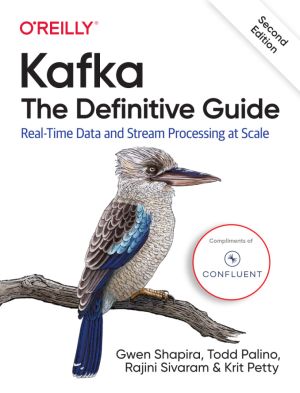
Every enterprise application creates data, whether it consists of log messages, metrics, user activity, or outgoing messages. Moving all this data is just as important as the data itself. With this updated edition, application architects, developers, and production engineers new to the Kafka streaming platform will learn how to handle data in motio...
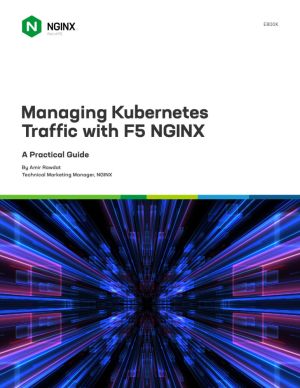
Microservices architectures introduce several benefits to the application development and delivery process. Microservices-based apps are easier to build, test, maintain, and scale. They also reduce downtime through better fault isolation.
While container-based microservices apps have profoundly changed the way DevOps teams deploy applications, t...
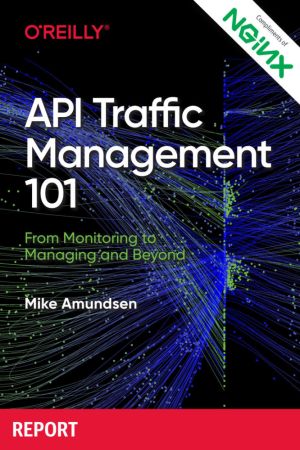
The aim of this short book is to introduce the general themes, challenges, and opportunities in the world of managing API traffic. Most of the examples and recommendations come from my own experience (or that of colleagues) while working with customers, ranging from small local startups to global enterprises.
This book is for those just getting ...
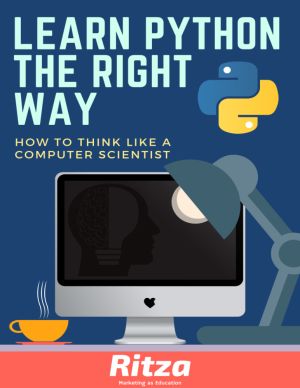
Python is a fun and extremely easy-to-use programming language that has steadily gained in popularity over the last few years. Developed over ten years ago by Guido van Rossum, Python's simple syntax and overall feel is largely derived from ABC, a teaching language that was developed in the 1980's.
However, Python was also created to s...

Julia is a high-level, dynamic programming language. Its features are well suited for numerical analysis and computational science.
Julia works with other languages (C, Python, R, Rust, C++, SQL, JavaScript, ...)
The Purpose of this open book is to introduce programmers to the Julia programming by example. This is a simplified exposition of the l...

In this book, you'll build a working web application so you'll gain hands-on experience. Along the way, you'll practice techniques used by professional Rails developers. And I'll help you understand why Rails is a popular choice for web development.
Read Book One to get the big picture that's missing from other tutorials...

In this book we discuss several numerical methods for solving ordinary differential equations. We emphasize the aspects that play an important role in practical problems. We confine ourselves to ordinary differential equations with the exception of the last chapter in which we discuss the heat equation, a parabolic partial differential equation. T...

Svelte departs from the virtual DOM approach by compiling the code you write into native-browser JavaScript when you build your application. The result is minimal and highly optimized pure JavaScript that the browser executes with no heavy runtime. In Svelte Succinctly, Ed Freitas will show readers how to install Svelte and give them a condensed ov...

As the authors of this book, we have tried provide you with insights and tips on troubleshooting System Center 2012 Configuration Manager drawn from our insider knowledge and real-world field experience. While most of you who are Configuration Manager administrators are fairly comfortable with the product and can perform common management tasks, ma...
